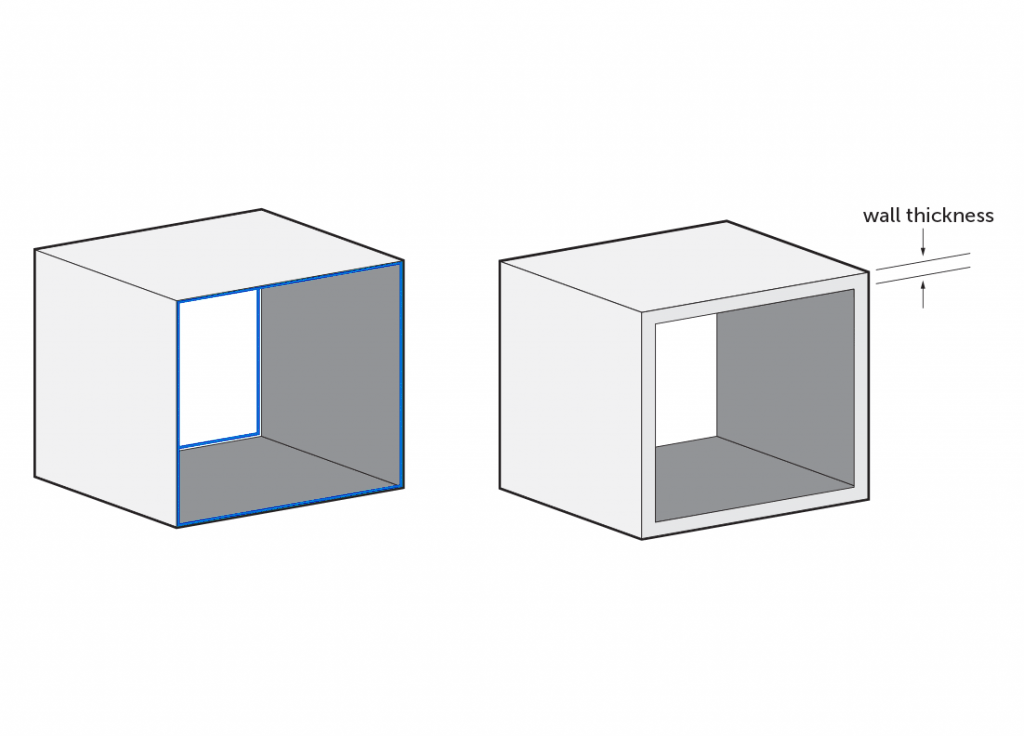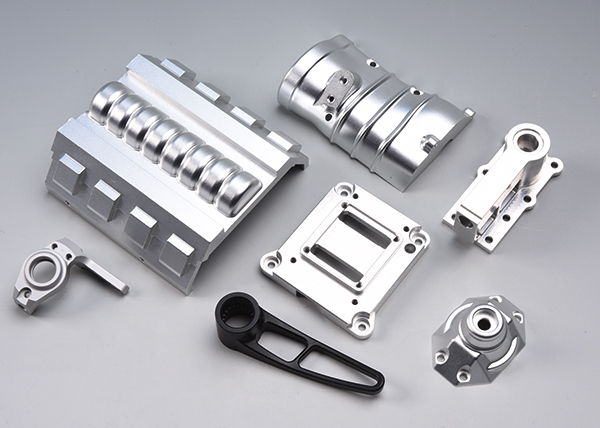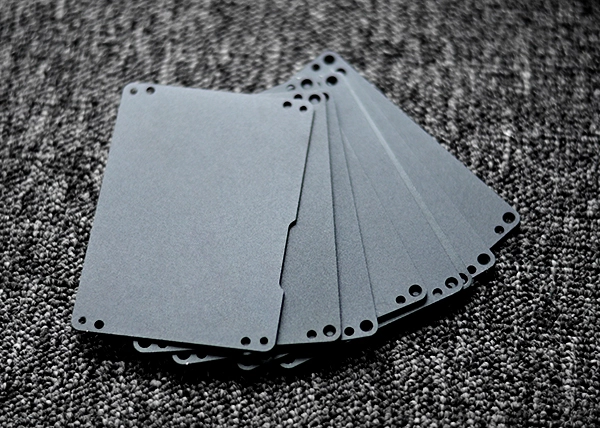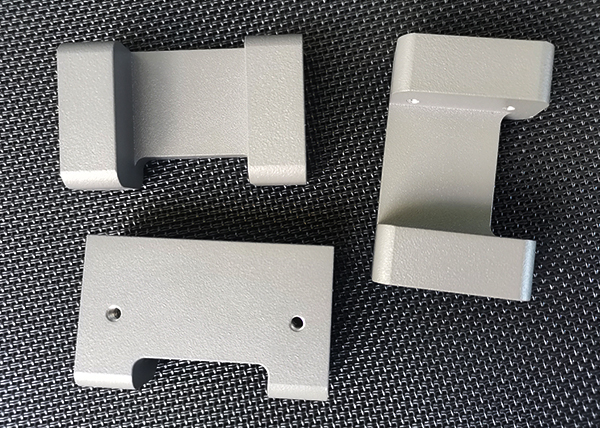CNC Bronze Machining
Bronze is essential in CNC machining due to its low friction, great machinability and high wear resistance. Get quick-turn prototypes and production bronze parts in days.

All drawings are secure and confidential.
Bronze Alloys for CNC Machining
Copper 932 (SAE 660)
A high-copper alloy with tin and zinc, valued for strength and self-lubricating properties. Used in bearings and aerospace parts.
Silicon Bronze
Combines copper, silicon, and zinc for strength and a sleek finish, common in valve and pump components.
Aluminum Bronze
With 6–12% aluminum, it excels in strength and seawater resistance, used in naval and oil industry equipment.
Phosphor Bronze
Tin and phosphorus enhance durability and low friction, suitable for springs and electrical parts.
Copper-Nickel
With 2–30% nickel, it provides thermal stability for marine and electronic applications.
Manganese Bronze
Up to 3% manganese ensures shock resistance, used in propellers and pump parts.
* Generalized values. For reference only.
Surface Finishes for Bronze Machined Parts
Bronze can be polished in several ways to improve its performance and looks. As-machined, bead blasting and chemical coatings are the three most common surface treatments for bronze.
Gallery of CNC Machined Bronze Parts
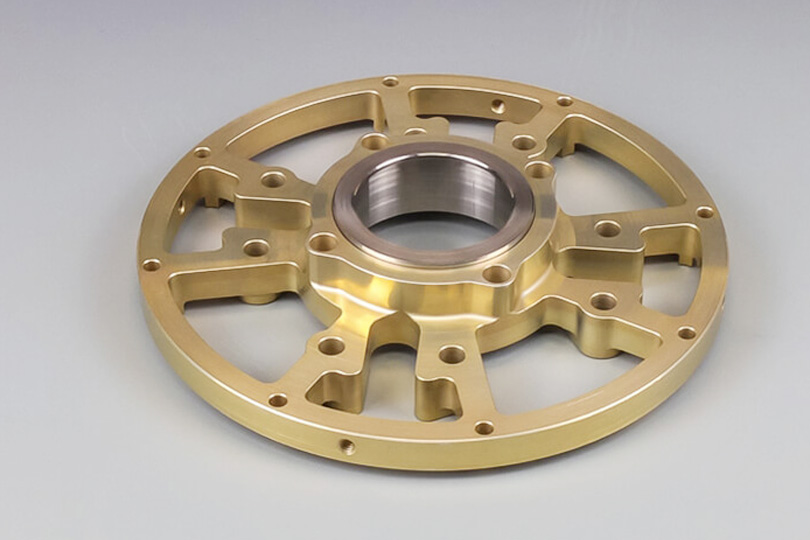

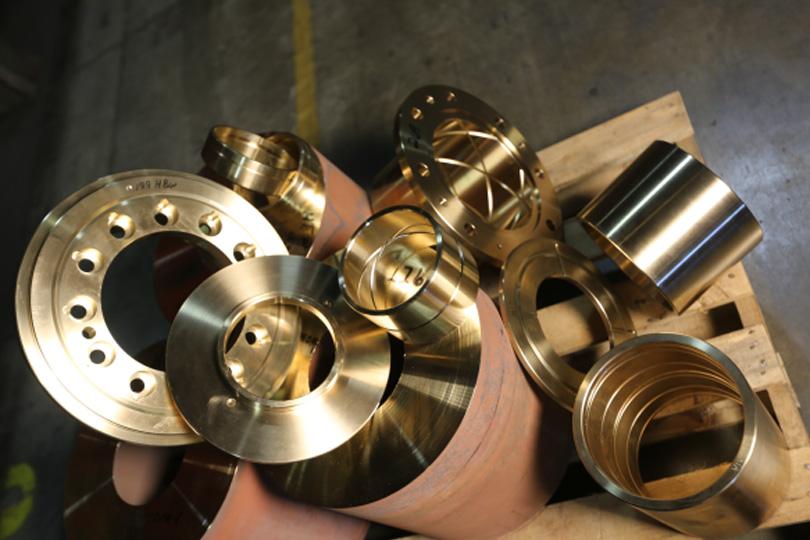
Advantages
- Superior Workability: Its soft composition enables precise cuts with minimal tool wear, ideal for detailed designs
- Corrosion Immunity: Bronze resists degradation in harsh conditions, such as seawater, making it perfect for marine and chemical settings
- Strength-Malleability Balance: It provides durability while remaining pliable for diverse applications
- Low Friction: A reduced friction coefficient minimizes wear in components like bushings and bearings
Notes
- Tool Degradation: Its softness can accelerate tool wear, increasing maintenance costs
- Detail Limitations: Complex features may be harder to achieve due to bronze’s pliability
- Slower Processing: Softer materials often require cautious machining speeds, lengthening production times
CNC Bronze Machining Process
The process starts with a digital blueprint created via CAD (Computer-Aided Design) software, which is translated into machine instructions using CAM (Computer-Aided Manufacturing) tools. The bronze workpiece is clamped onto the CNC machine’s platform, and the system is loaded with the design file and toolpath data. Machining techniques include:
- CNC Milling: Shaping flat or curved surfaces.
- CNC Turning: Forming cylindrical bronze components.
- 5-axis Machining: Creating intricate, multi-angle parts.

Cost-Effective Design Strategies
- Choose the Right Alloy. Match bronze type to project demands for optimal performance and cost.
- Balance Wall Thickness. Avoid overly thin walls that risk deformation or thick ones that waste material.
- Simplify Geometries. Reduce undercuts to lower machining complexity
- Round Edges. Use fillets to minimize stress concentrations, improving durability
